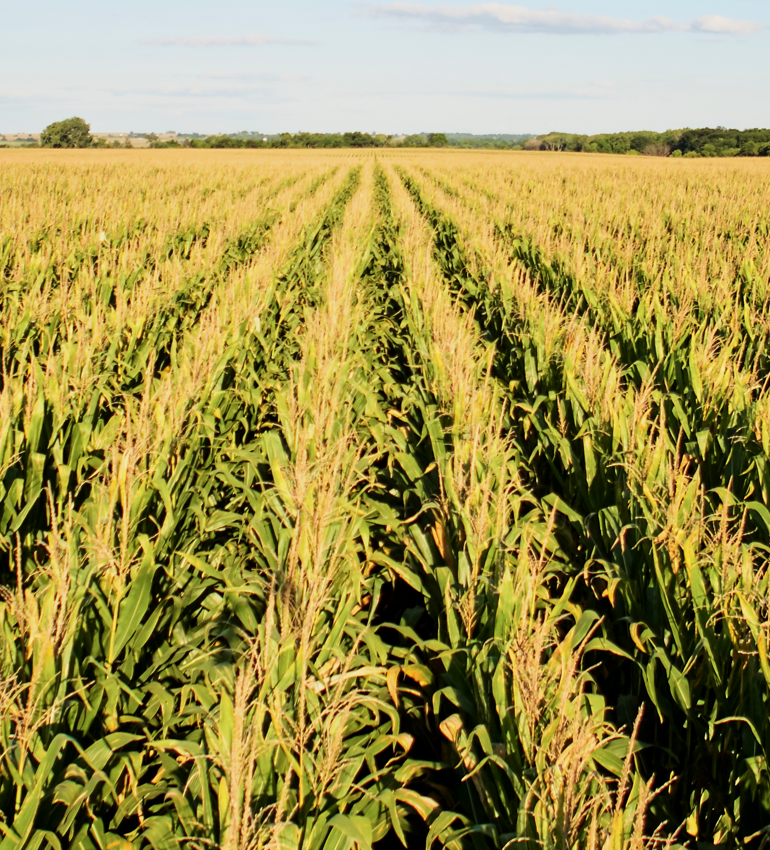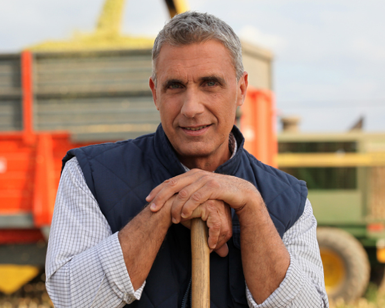
There are many agricultural practices that farmers use to promote biodiversity. Many of the practices listed below have been around for at least 40 years, but they have seen an uptick in interest from farmers in recent years; those involved in agriculture have learned more about the importance of biodiversity on the farm. With more research under way into the benefits of the practices and technologies, we can expect to see more interest down the road. And that’s good for biodiversity.


